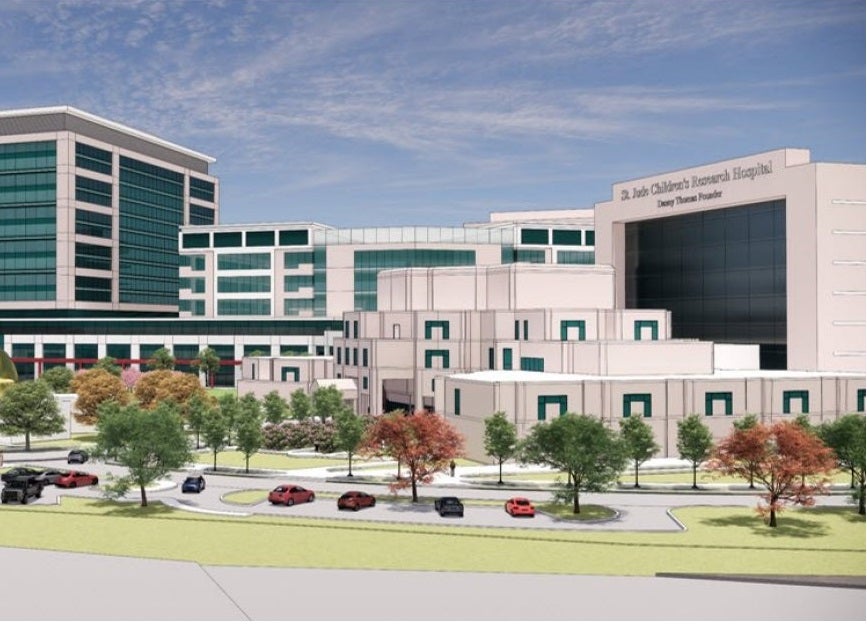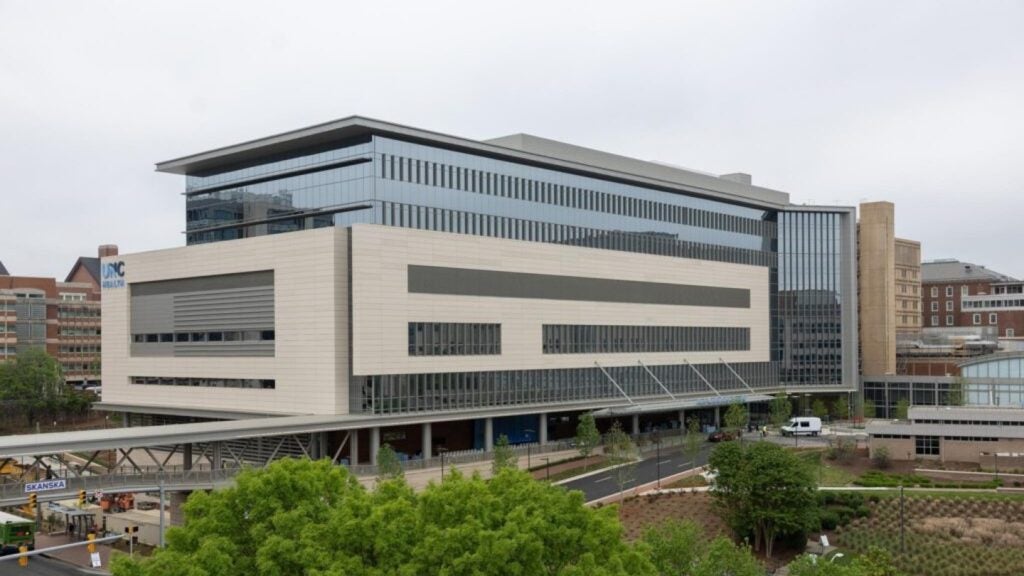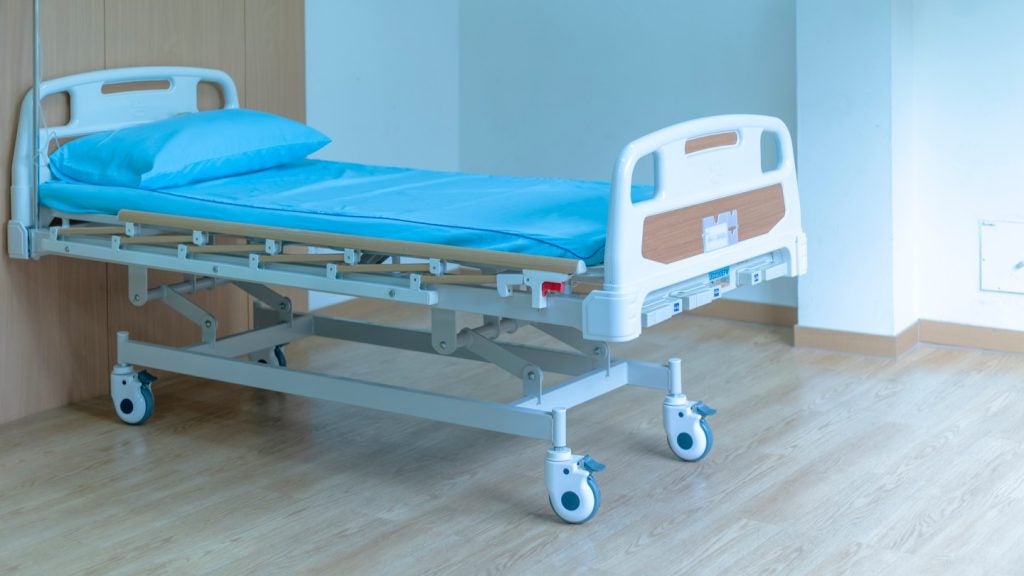
St. Jude Children’s Research Hospital has announced an additional $1.4bn investment to its 2022-27 strategic plan, taking the total to $12.9bn.
The boost in the six-year capital and operating budget will advance the study and treatment of paediatric cancer and other catastrophic diseases.
The funding expansion also increases the number of new jobs from 1,400 to 2,300, and boosts funds for construction, renovation and capital requirements from $1.9bn to $2.3bn.
This six-year plan began on 1 July 2021, marking the hospital’s largest strategic expansion in its six decade history.
The new funding is expected to impact scientific operations, clinical care, global medicine and infrastructure.
How well do you really know your competitors?
Access the most comprehensive Company Profiles on the market, powered by GlobalData. Save hours of research. Gain competitive edge.

Thank you!
Your download email will arrive shortly
Not ready to buy yet? Download a free sample
We are confident about the unique quality of our Company Profiles. However, we want you to make the most beneficial decision for your business, so we offer a free sample that you can download by submitting the below form
By GlobalDataSee Also:
St. Jude president and CEO James R Downing said: “Even before last year’s strategic plan launch, we began to explore the possibility of further expanding the budget and staffing numbers.
“Working with internal and external subject-matter experts, we developed a proposal for opportunities where a larger investment would help accelerate research and treatment for childhood catastrophic diseases.
“With these increases, we are better positioned to build on the outlined plan, as well as capitalise on emerging technologies and discoveries.”
Over $250m will be earmarked to fields of structural biology, advanced microscopy and data sciences, thereby doubling the present funding. Researchers are working on in these fields to gain insights into why diseases arise, spread or resist treatment.
About $15m has been allocated to a large-scale programme to explore the structure of protein kinases, taking the total six-year funding to $50m. Researchers expect to gain a better understanding on the role of protein kinases in paediatric cancers and drug resistance. This work will help researchers gain insights that could be helpful in developing precision treatments.
The hospital also announced that the funding for the global childhood cancer care initiatives will increase to $100m annually by 2024. With this funding, St. Jude Children’s Research Hospital aims to improve the survival rate of paediatric cancer patients in low- and middle-income countries. The new funding is in addition to the $200m that the hospital already committed in 2021 to create a global platform to enable children in these countries gain access to quality cancer treatments.
So far, St. Jude has lent support to five teams of researchers exploring on fundamental biology, paediatric cancer, sickle cell disease and survivorship. During the next five years, it will raise the funding to $160m, an increase of almost $60m from the initial budget. By 2027, St. Jude plans to support 11 collaborations to address the unanswered questions in science and medicine.
St. Jude Hospital also plans to increase funds to enhance construction projects, including the Domino’s Village, a 140-unit housing facility for patients and their families, and the Family Commons, a treatment-free zone for patients and their families within the hospital.
The increased funding will also be used for construction of two, 15-story towers meant for patient care and clinical research, a project that could cost over $1bn.








